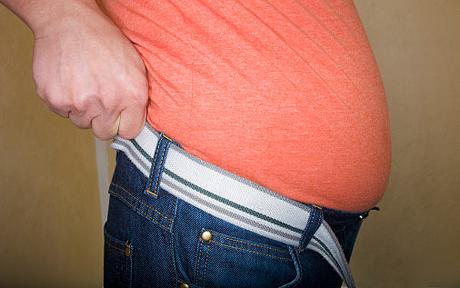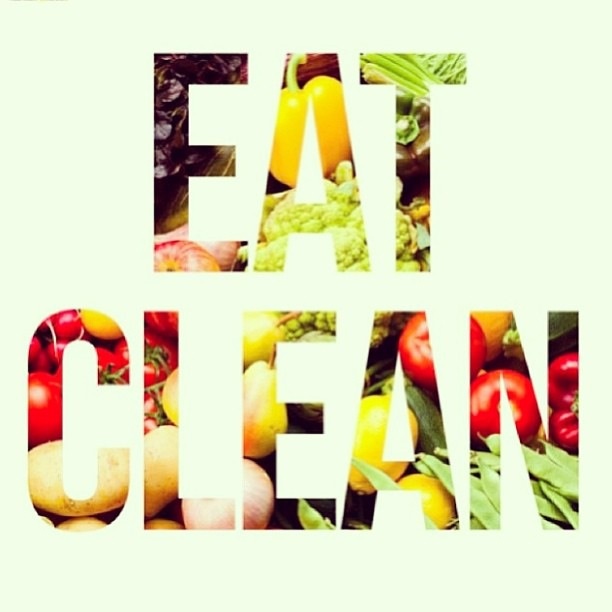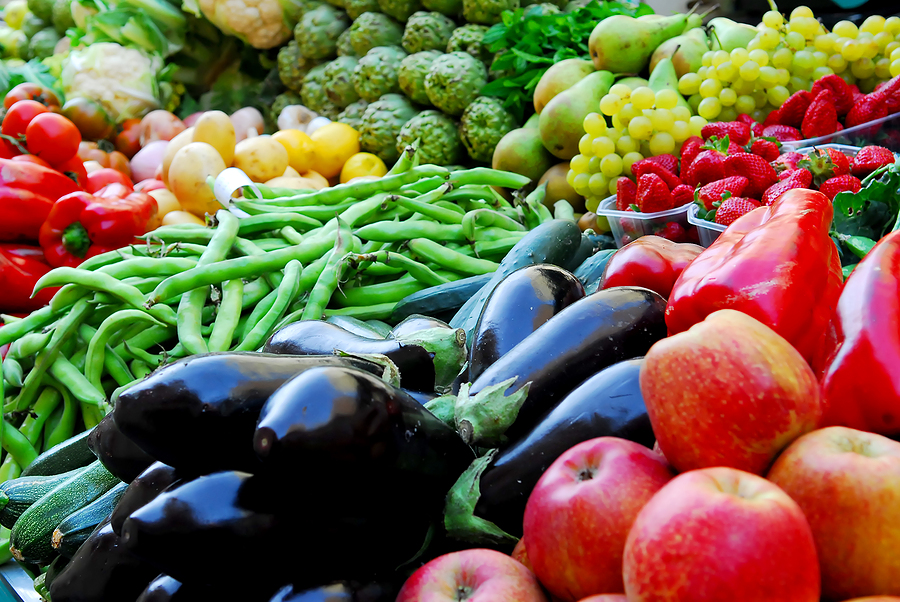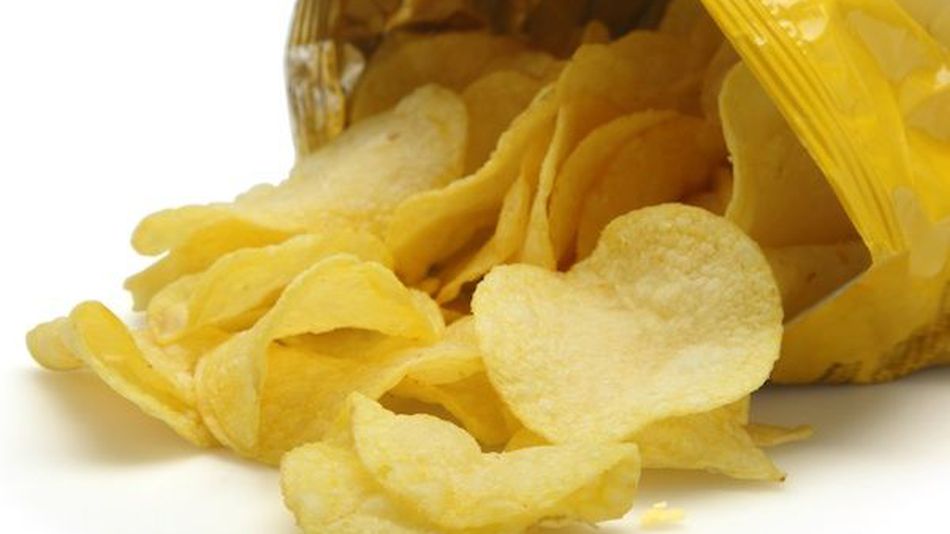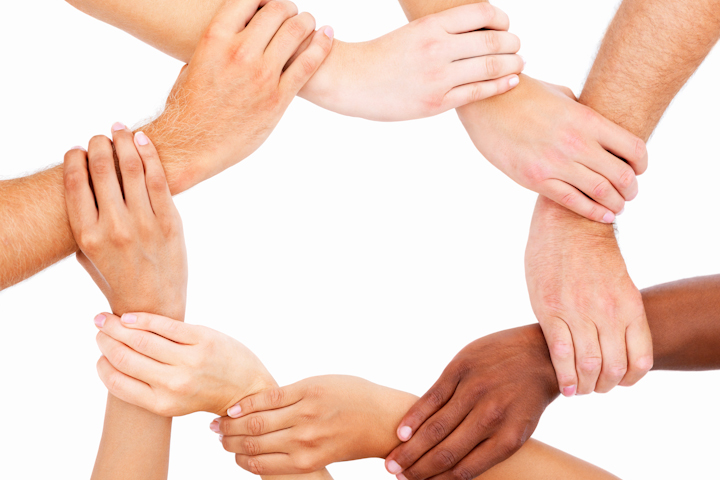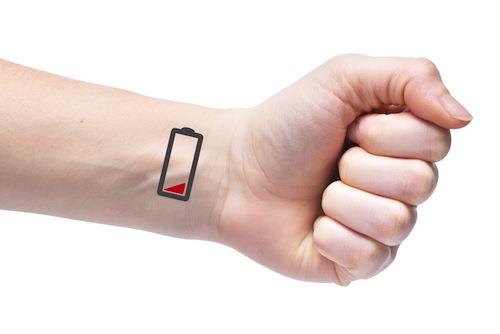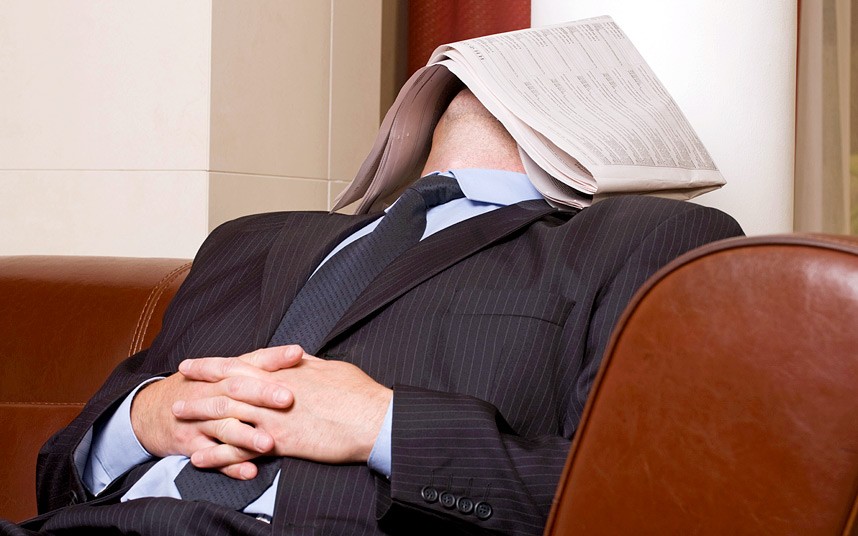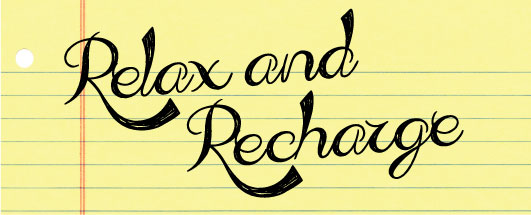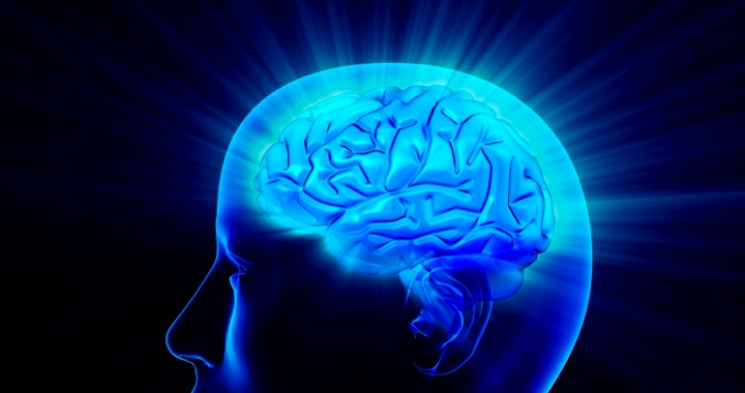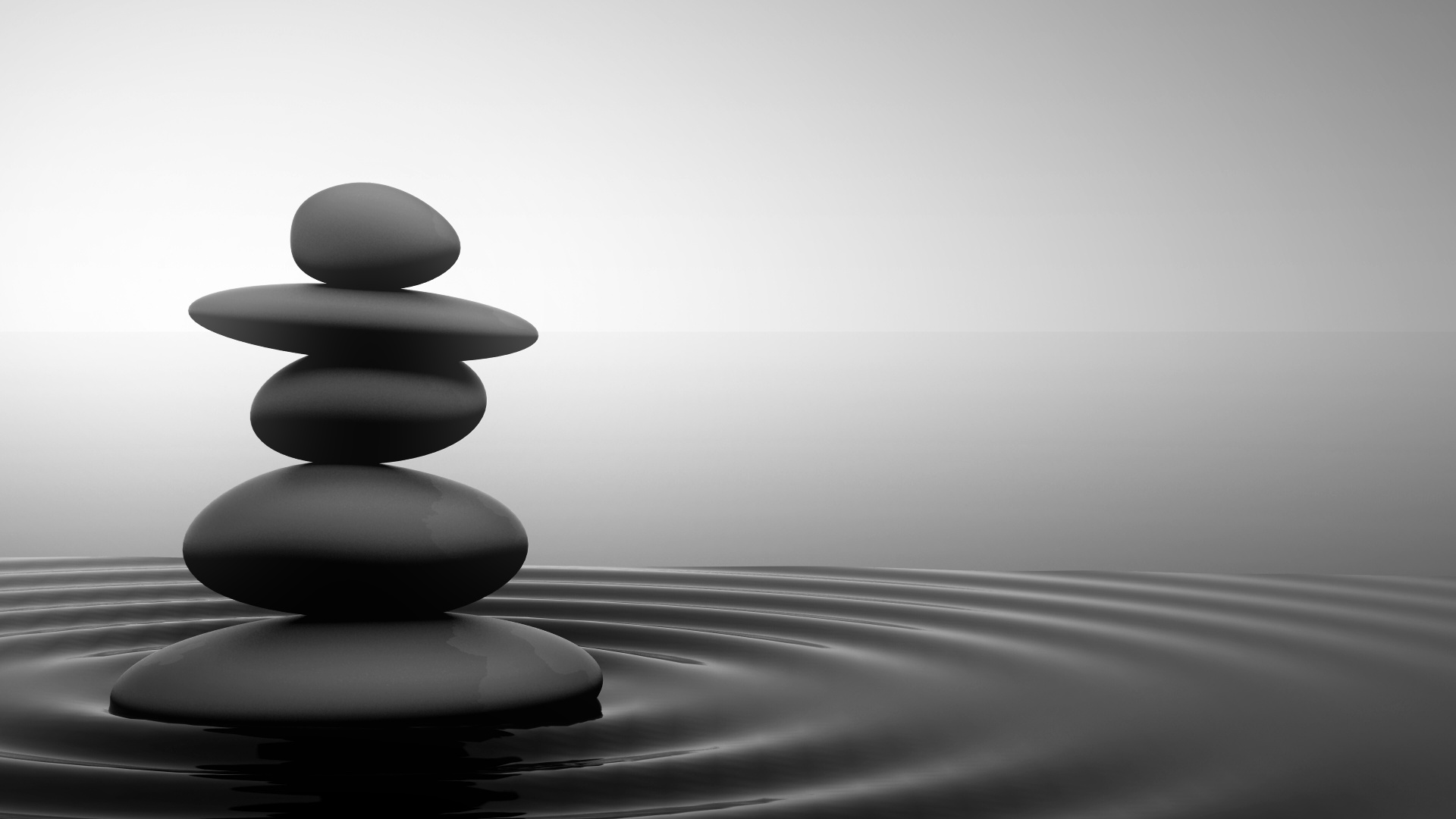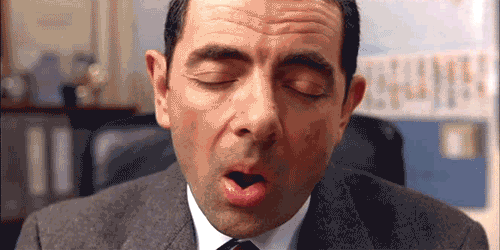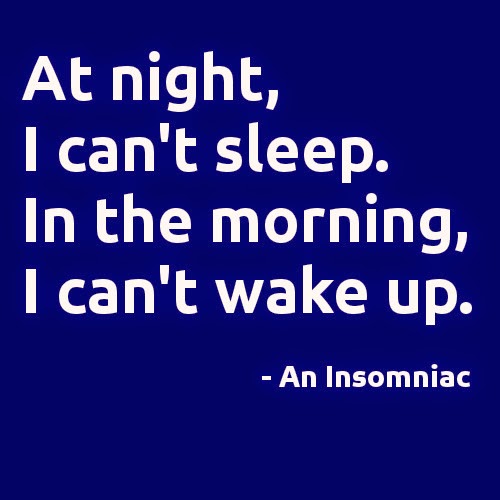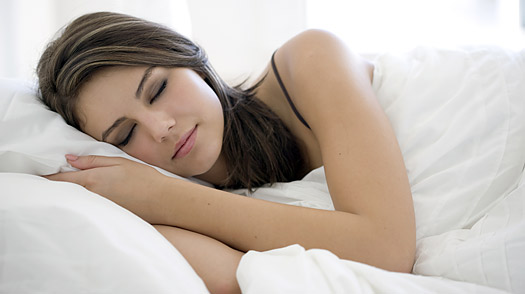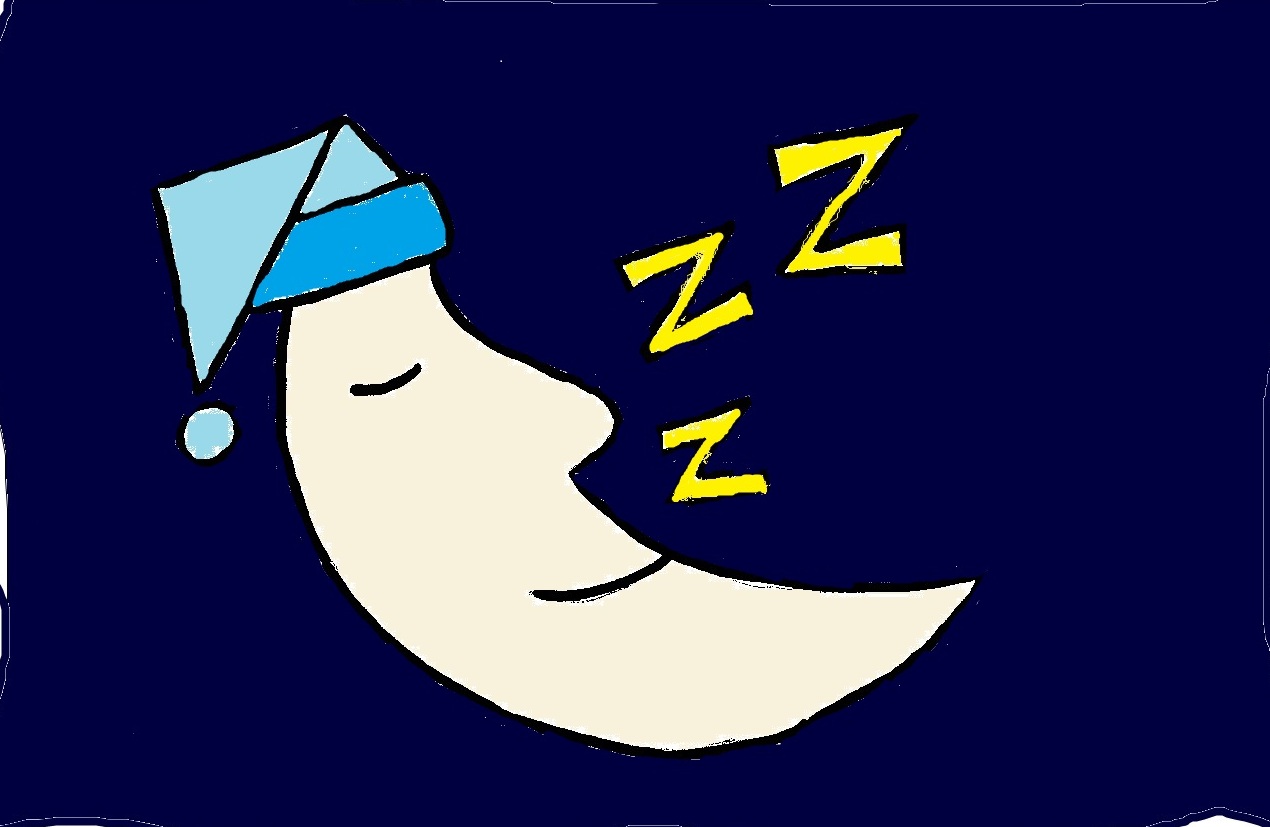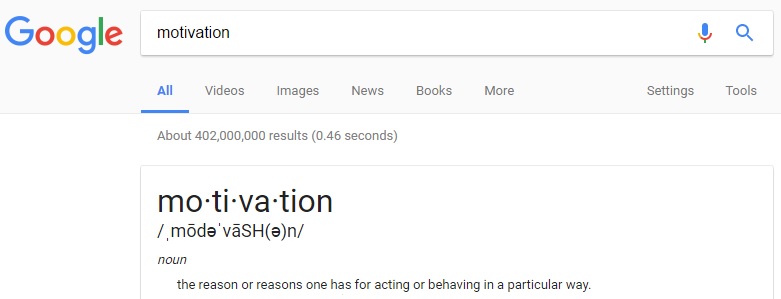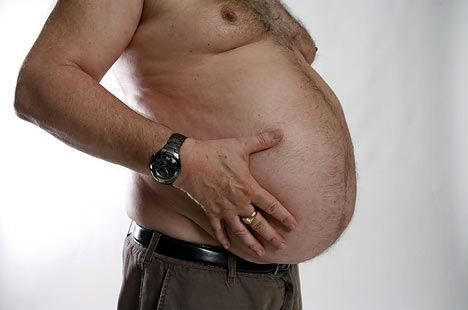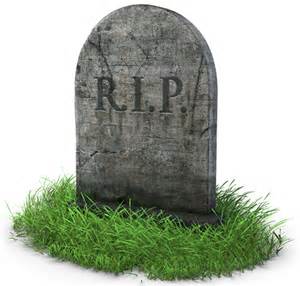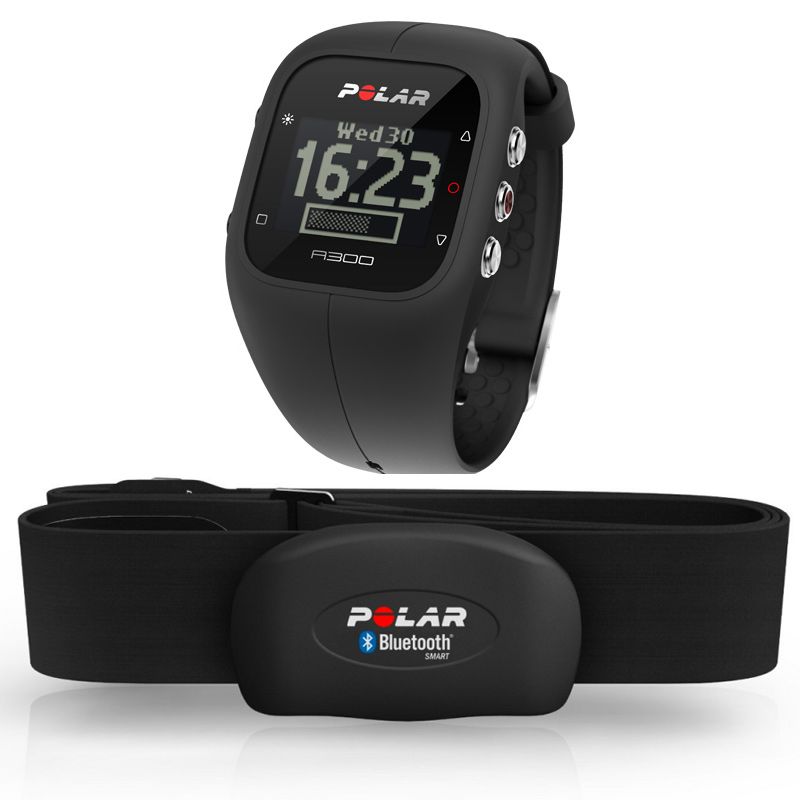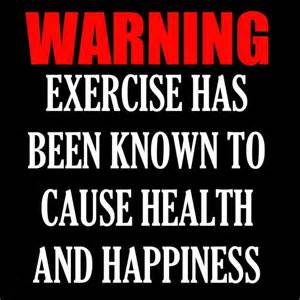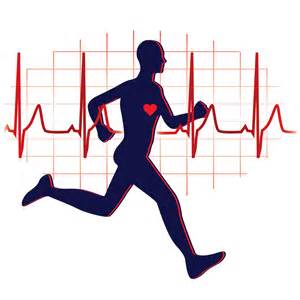“Have it your way, have it your way…”.
Remember that slogan from 30 years ago? Can ‘ya hear it?
And no, I’m not suggesting that you go to Burger King. That would be a ridiculous recommendation.
But their slogan is relevant for today’s advice.
In today’s fast-paced society, eating in restaurants has become a regular occurrence. Especially when you consider the potential of at least 3 meals a day, and the number of hours most people work. The odds that you will eat out at least a few times a week are very high.
Which can become a BIG problem.
One that slowly compounds over time if you’re not careful.
I find it astonishing to see the food choices that people make. And especially for dinner. No, not kids. I’m talking about adults.
Things like mac ‘n cheese, nachos, fried mozzarella, quesadillas, deep dish pizza, bacon cheeseburger with fries, wings or sliders, a full rack of baby back ribs, or Alfredo and other heavy, creamy sauces.
Not sure if it’s due to a lack of knowledge, laziness, or simply neglect. I try not to be judgmental, but it’s worrisome.
If you consider a greasy app, a large entrée, and maybe even dessert, it’s a lot of food. Add a couple drinks to the mix and…
You’re easily over 2,500 calories.
For ONE MEAL.
For most, that’s a whole day of calories. Not to mention all the unhealthy salt, sugar, and artery clogging saturated fat.
It’s disgusting! And should be illegal.
What if this happens 3 times a week? Or more…
You better loosen your belt, then rethink your strategy.
Is it any wonder why this reckless approach to eating is causing obesity rates to rise? Or medical insurance costs to skyrocket?
And the restaurants aren’t helping.
If you look at the menu choices, you could make the argument that it’s not your fault. Unfortunately, that’s not an acceptable response.
Eating clean is YOUR responsibility.
You’ve got to be more vigilant! And it’s what we’ll cover in this post.
If you are trying lose weight, or just maintaining good health, you are best served to completely avoid restaurants as much as possible.
Whaaaat??? Why?
When you cook at home, you know exactly what you are including. And you can scale back, like on salt for example. Or you can substitute a healthier ingredient, like olive oil instead of butter. Or brown rice instead of white. Salmon instead of steak…
I like to experiment and so I’m always looking for ways to eat healthier. My new “go-to” whole grain is farro. It’s easy to prepare, tastes great, and it’s super-healthy. I highly recommend it!
When restaurants list the calorie total on their menu, I appreciate it. I don’t necessarily trust the amounts, but it’s a point of reference. And better than no info at all. At the very least, it can help you make an informed decision about your food selection.
Including what NOT to order.
Let’s look at some “common” examples. WARNING: These are real.
The recommended “average” daily calorie requirements for adults is 2,000 to 2,500. But actual amounts vary based on your height, gender, age, and activity level.
Government organizations like the Food and Drug Administration have established daily intake recommendations about calories, sodium and sugar to help us maintain a healthy lifestyle.
The daily recommendation of sodium intake according to the FDA is no more than 2,300 milligrams (mg), which is equivalent to one teaspoon. And the recommended daily amount of added sugar intake was reduced 50% in 2014 to 25 grams, or about 6 teaspoons.
This doesn’t mean you should aim for the upper limits. Especially with sodium and sugar.
As far as I’m concerned, these are simply benchmarks to be aware of.
Sure, the FDA plays an important role in keeping us all safe. But I’ll never strive to be average and comply with recommendations that cater to the masses. Instead, do your best to minimize or eliminate salt, sugar and white flour from your daily nutrition.
Here are some other suggestions to help your eating clean initiative:
- Eat a little something before you go out – to dinner, to a party, or to a function where food will be served. Like a handful of nuts, an apple or other fruit, some raw veggies with hummus, or left-overs from last night’s dinner. Why? So you won’t be ravenous when you arrive, which can lead to bad food choices and unhealthy eating. Especially if you’re planning to have a cocktail or two.
- Skip the appetizers. You will have enough food between your entrée and a salad. And you don’t need the extra calories and unhealthy fat (as most of these apps are fried or greasy).
- Say no to the bread. Ask them to “not” bring it over. It will only tempt you, so make it easier by not having it in front of you.
- Ask for salad dressing on the side. Use “sparingly” to save calories.
- Eat a little less than you normally would at home since the calories and sodium are higher. Save the rest for tomorrow. You’ll save calories and money by stretching 2 meals out of 1.
- Have it your way. Healthy of course. Ask to have something specially prepared. Most restaurants will do this if you ask. For example, ask for grilled chicken or fish without any heavy sauces or creams. With a side of steamed or sautéed veggies. And a sweet or baked potato, or brown rice. Even if they charge you a little more (which they probably won’t), it’s well worth it. After all, we are talking about you and your health.
- When a dish comes with fries, ask for an “alternative”. Like salad, fresh fruit, a baked potato, or steamed veggies.
- Avoid dessert. Except for special occasions. For the same reasons as skipping the apps.
- Strive for 95. Percent that is. Nobody’s perfect. And every situation is different. So try to make the best possible choice given the situation you’re in. And enjoy it!
Now let’s assume you have a busy schedule, but you commit to eating in; not out. How can you make eating clean easier and save time while still making something delicious and healthy?
Oh, that’s easy.
There are 3 things you can do…
- Plan. Decide what you will eat tomorrow or for the next few days. Then go buy the ingredients, build in some prep time, and make it.
- Prep. For the next few days, or week (in advance). Sunday’s are great for this.
- Cook extra. This way you can just heat up what you want when you’re ready to eat it again. For example, grill extra chicken for the week, or slice raw veggies and store in zip lock bags to grab on the run. And do the same with nuts and seeds.
Eating clean will require minor tweaks to your current eating habits.
 And in addition to planning, prepping, and eating out less… add these 5 things to your new strategy:
And in addition to planning, prepping, and eating out less… add these 5 things to your new strategy:
- Eat more whole foods, including an apple a day.
- Avoid sugar (start by cutting back).
- Minimize sodium and saturated fat.
- Eat every few hours.
- Hit your “macro” ratios at every meal and snack.
It takes thought and effort to eat clean. More so than the alternative unhealthy choices that are typically made unconsciously or hastily while flying through life on “auto-pilot”.
Eating clean also includes paying attention to things that could be sabotaging your new healthy initiative. Like saying NO to processed junk snacks and eliminating fast food.
You can do this… Start now and you’ll never look back!
Thank you for sharing your time with me. I hope you found value.
Now it’s time for YOU to take action…
What’s your Win to be Thin? Leave a comment below.
Click here to subscribe. You’ll receive an email with a link to each new post. And if you know someone that can benefit from this content, please share it with them.



